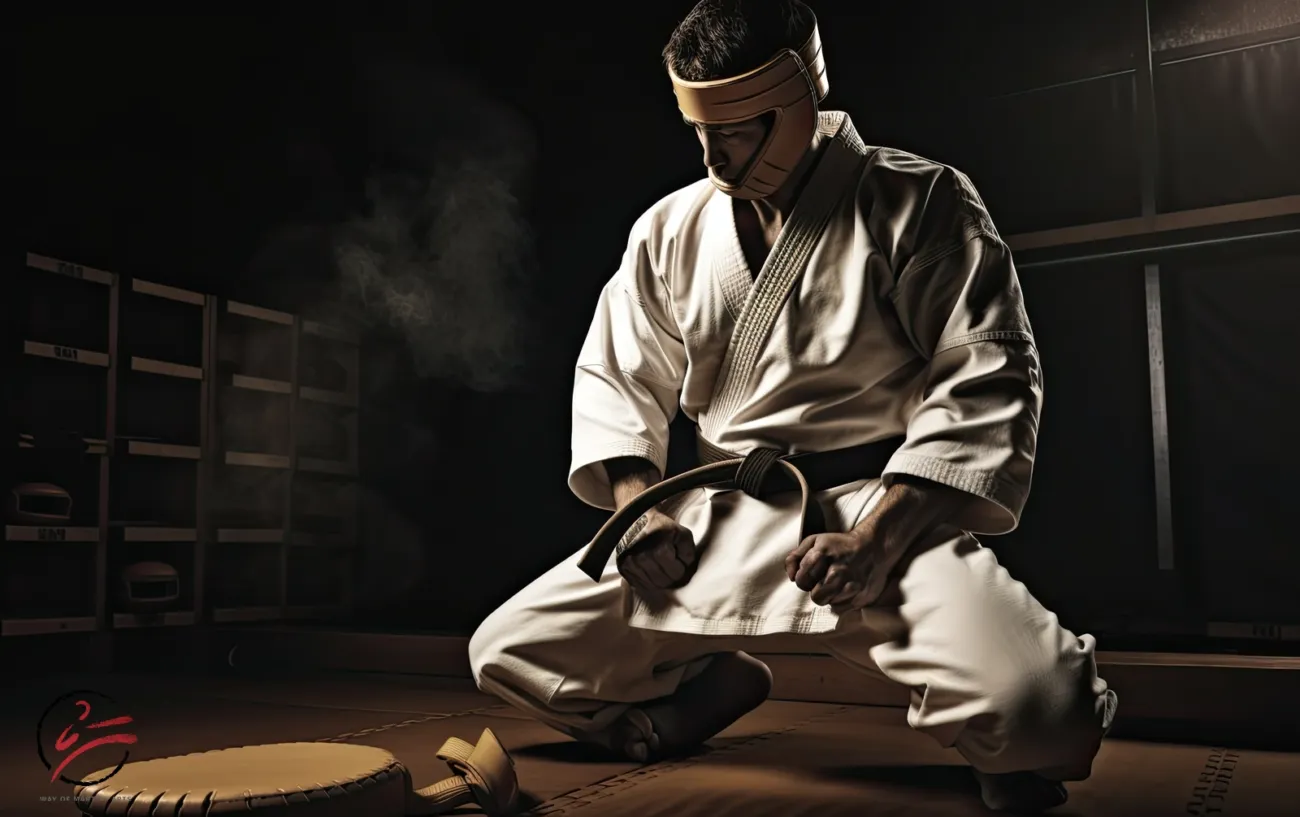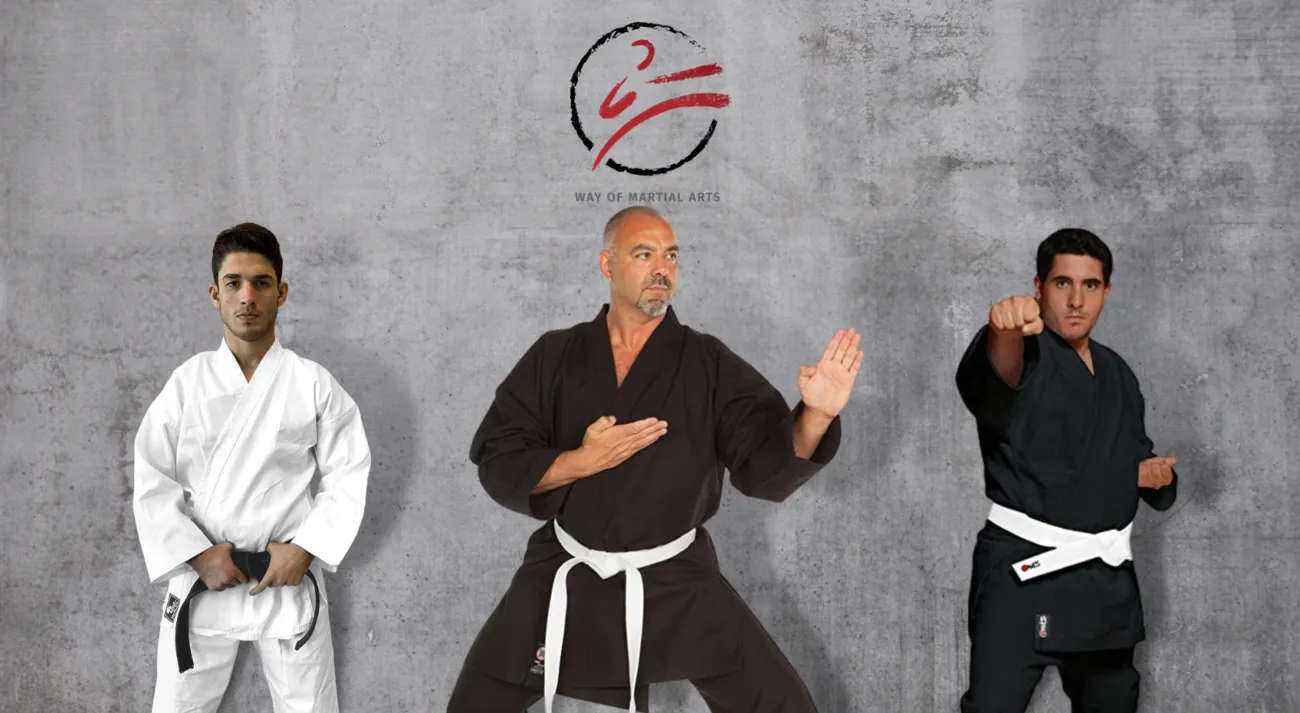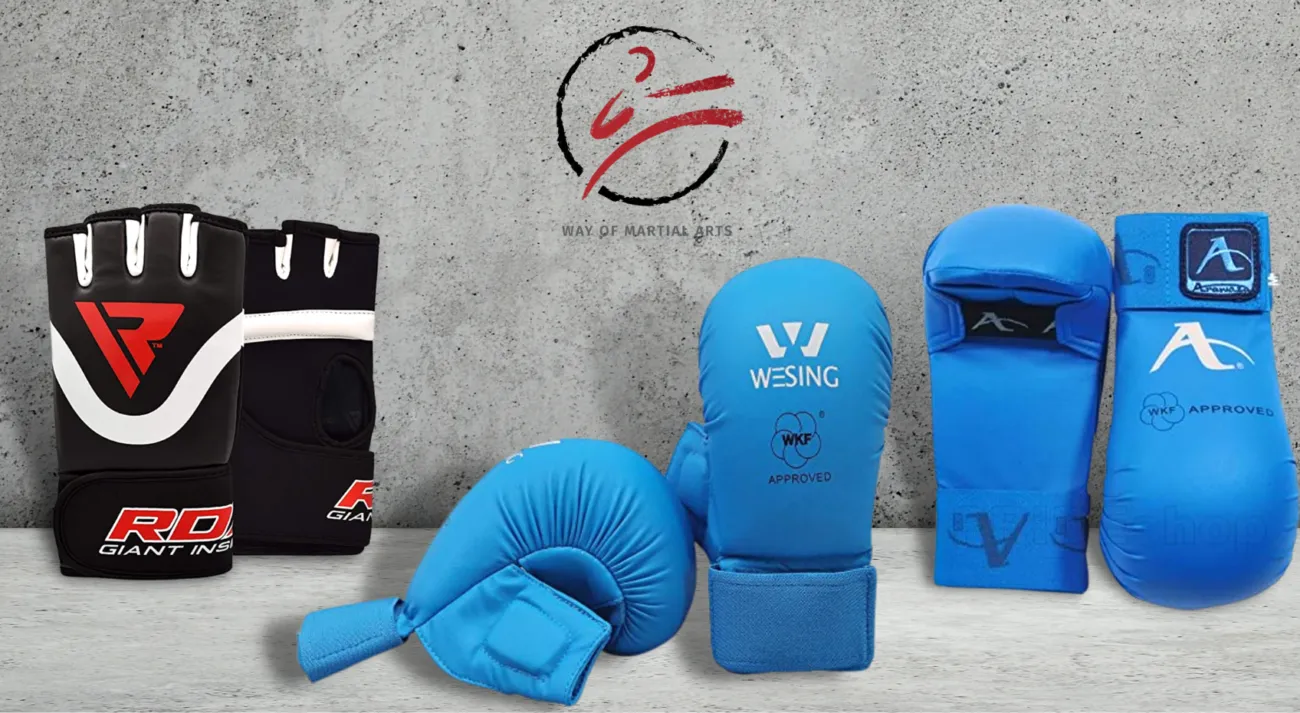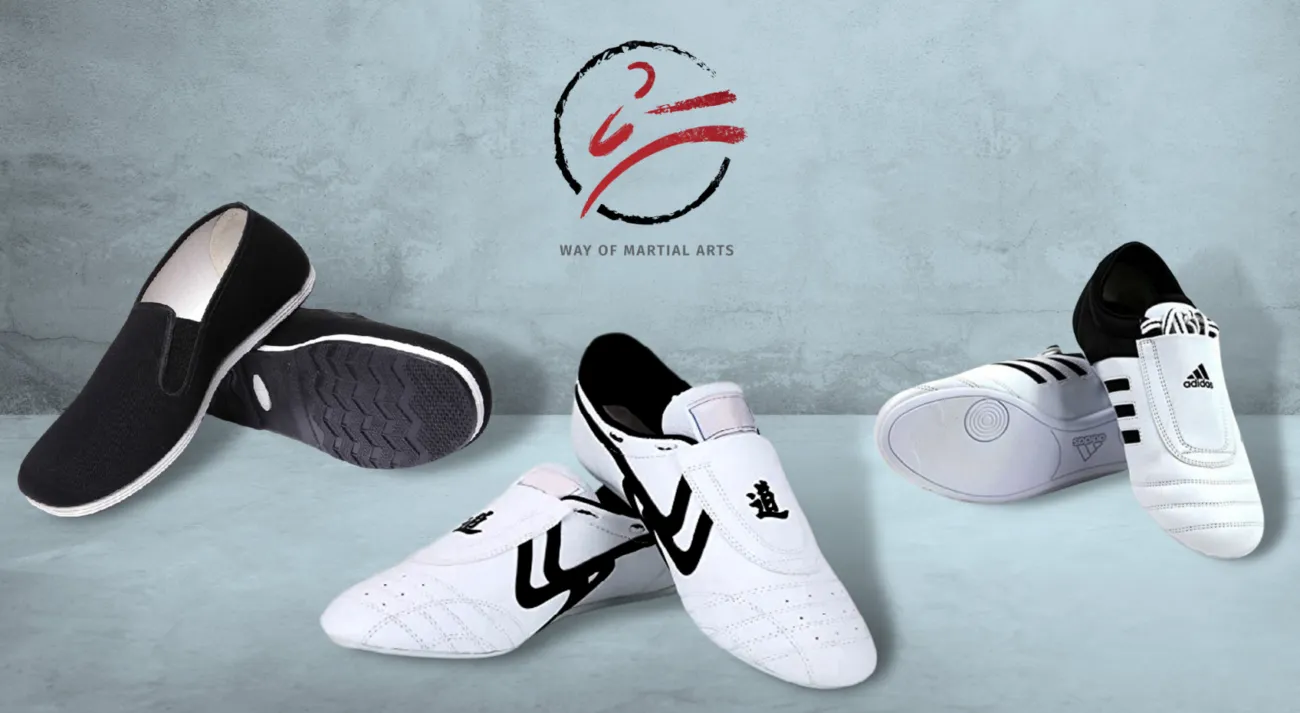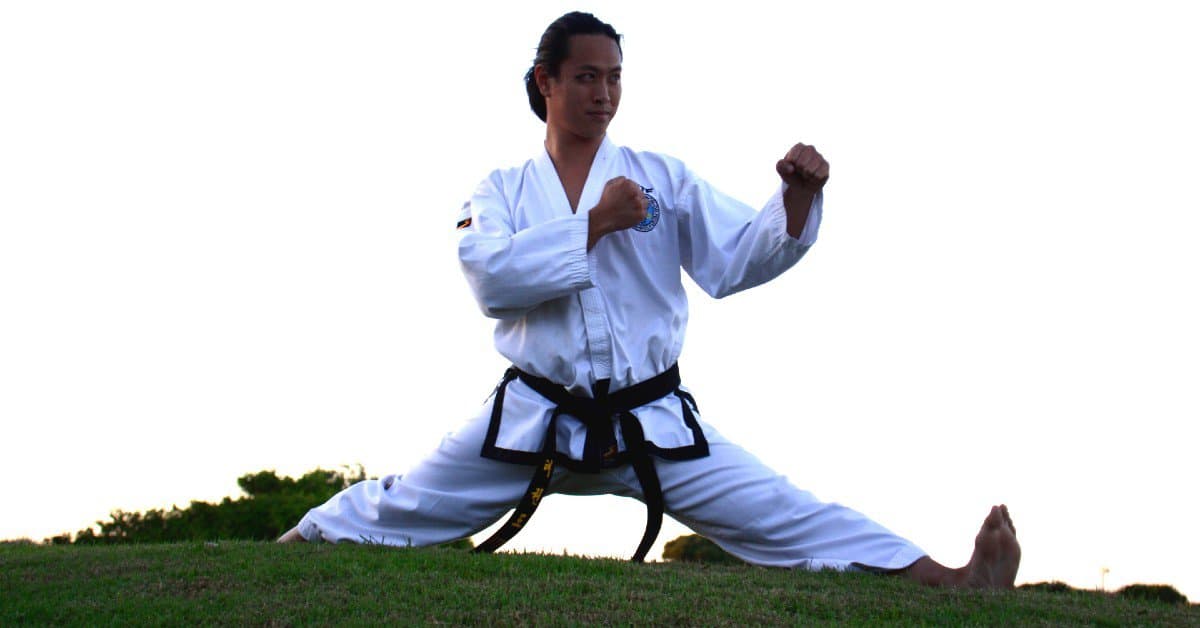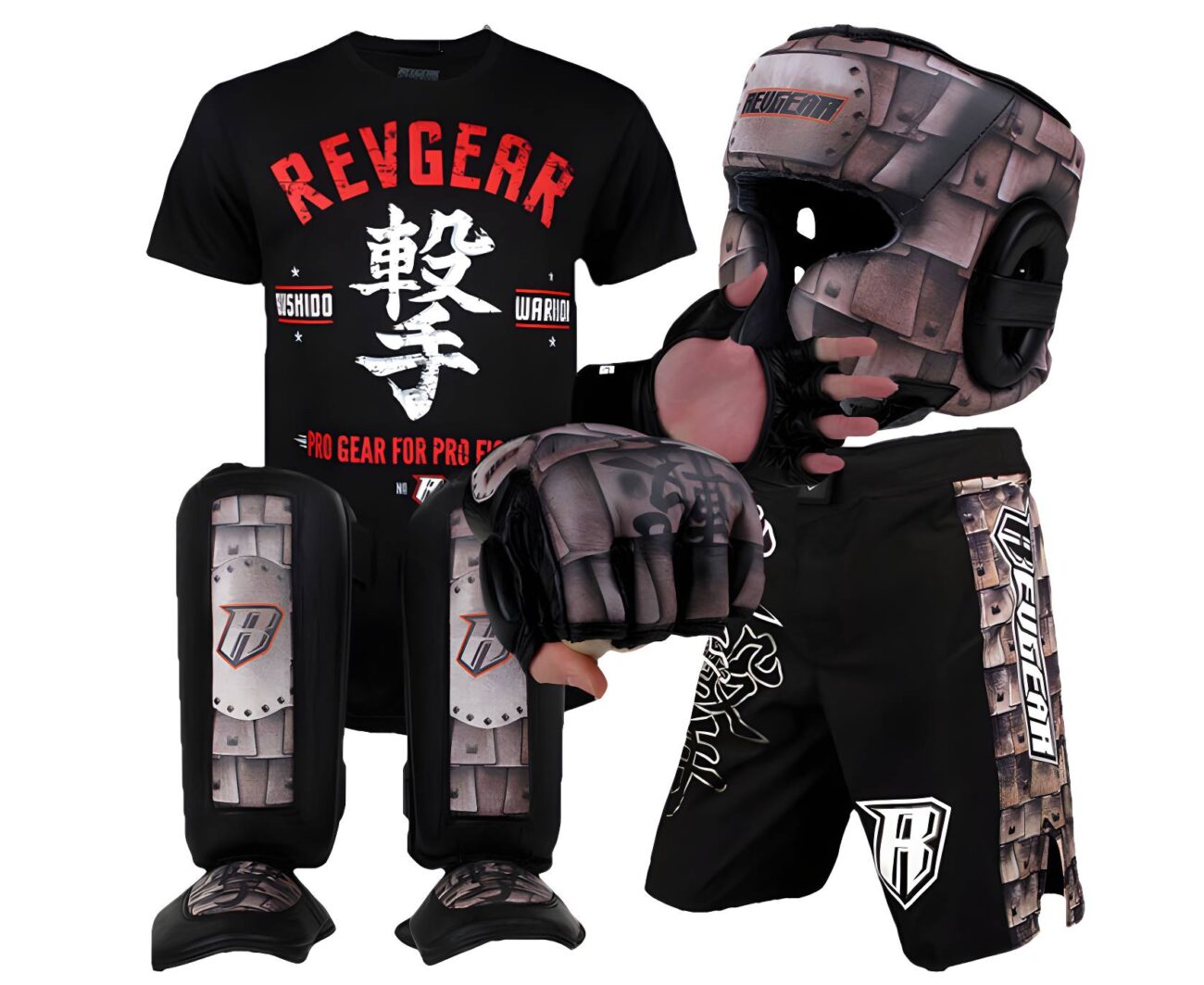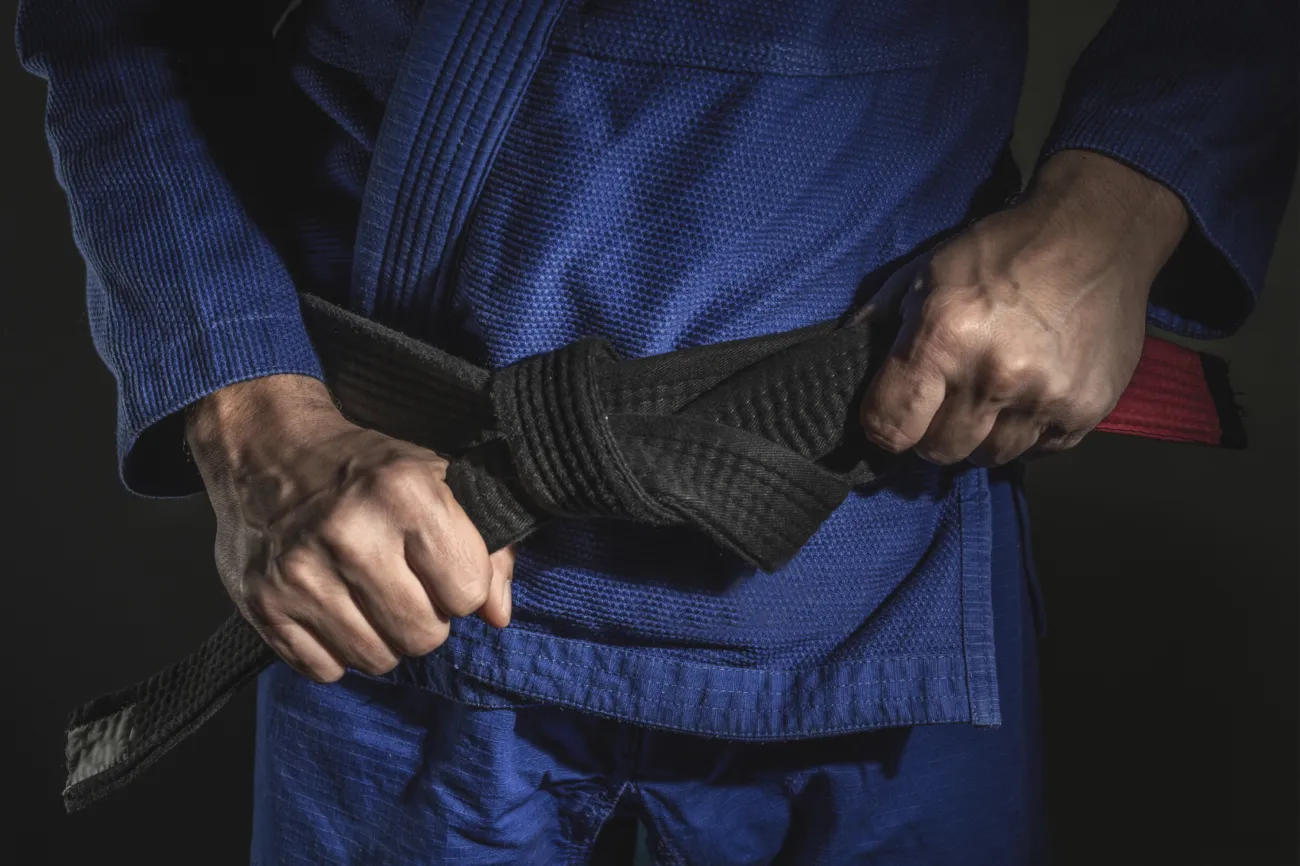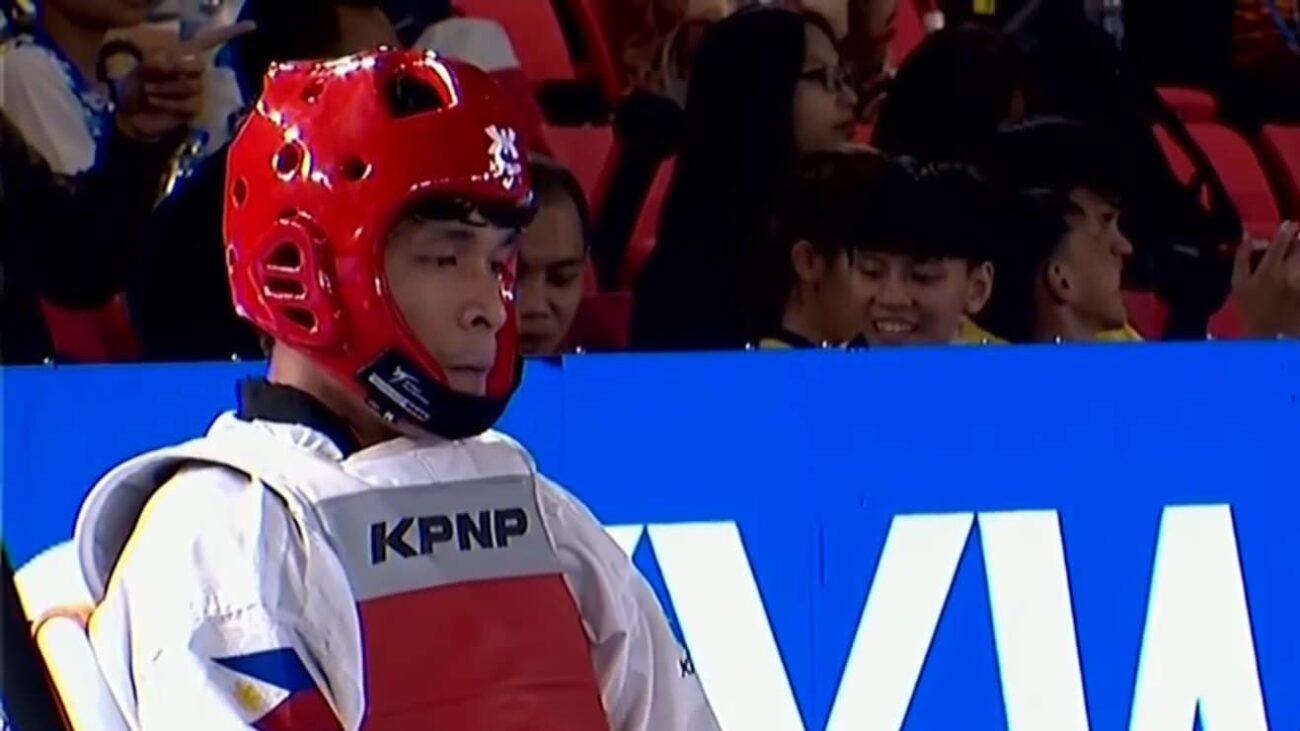Continuing our series of articles on Martial arts and combat sports gear, today we will discuss the equipment needed to participate actively in Karate. Each sport requires some equipment, and as martial arts tend to do, Karate is no exception. Whether it’s something basic like sneakers and specially designed clothes or something more demanding such as a complete set of martial arts equipment, each sport has something.
Karate equipment includes the uniform, like any martial art. Still, it also contains protective gear for those who enter the competition or have to spar against a real opponent. That is why we shall present an overview of what is needed to participate successfully in karate training sessions. Before we continue, though, we’d like to stress that, unlike judo, Karate has a very similar equipment set to Taekwondo, so you can also check our article on that topic as a point of reference.
Our Best Karate Gear Reviews
- The Best Karate Gi of 2023: Unleash Your Inner Warrior Today
- Best Karate Sparring Gloves 2023: Your Ultimate Training Partner
- The Best Karate Shoes 2023 to Conquer Your Foes
- Best Karate Shin Guards 2023: to Train with Confidence
- Best Karate Groin Guards 2023: Fearlessly Train with Unbeatable Protection
Karate Uniform
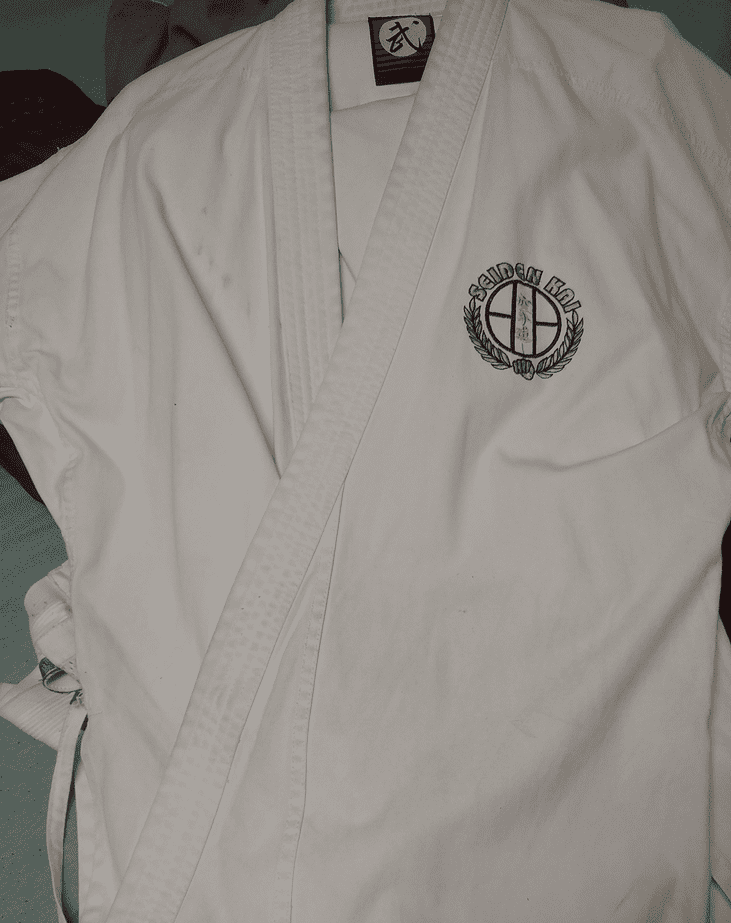
The most essential equipment for a karate student is the uniform or gi. It is usually a two-piece white uniform with a belt tied around the waist. Unlike the similar Taekwondo uniform, whose top is typically a pull-over and is only held in place by the belt, the karate uniform is an open jacket, where the belt is used to tie the jacket and close it.
The trainee Gi is usually either white (most common) or blue (less common), as it is not only clothing equipment but part of a tradition. Unlike similar Taekwondo uniforms, they are entirely in one color, collars included. Instructors can also wear white and blue uniforms and are distinguished by belts. Karate also has other colored variations – such as black and red – but they are rare and usually have a symbolic or ceremonial meaning.
This is the essential piece of equipment necessary for karate practitioners. Someone with no competitive ambitions and who doesn’t aspire to be a professional fighter doesn’t need any other equipment.
The uniform is lightweight and tends to maximize the movement range of a karateka while offering little protection to martial artists at the time of full contact sparring.
Karate Belt
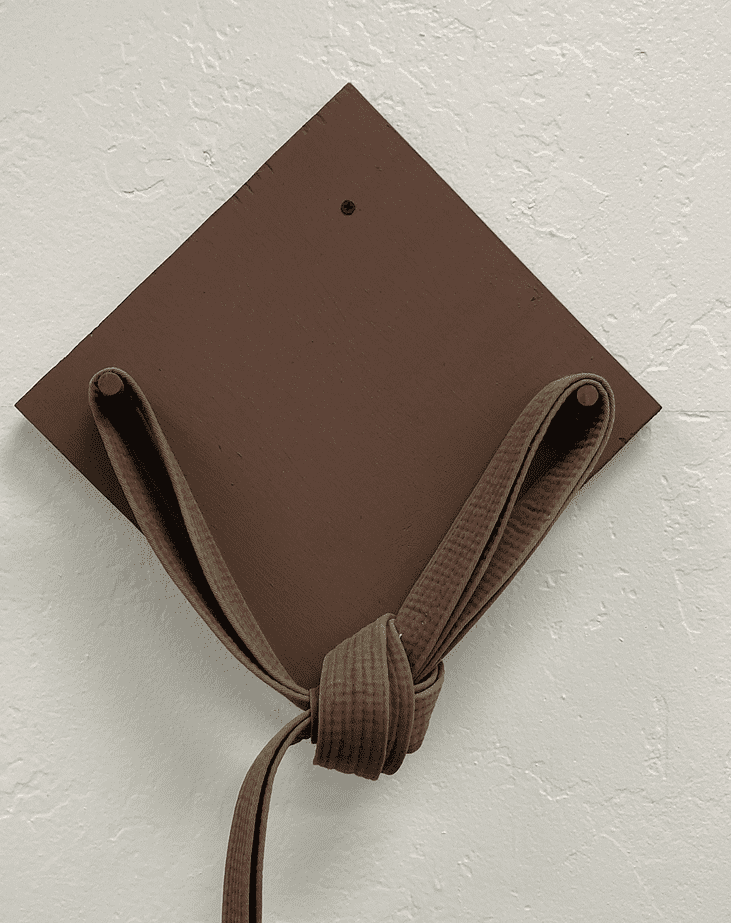
The belt is always tied around the waist, above the top part of the uniform. Since karate uniforms are open jackets, the straps are necessary to hold the jacket together and keep it close during training sessions and events. Belts are not required during training sessions but during any ceremonial or competitive event.
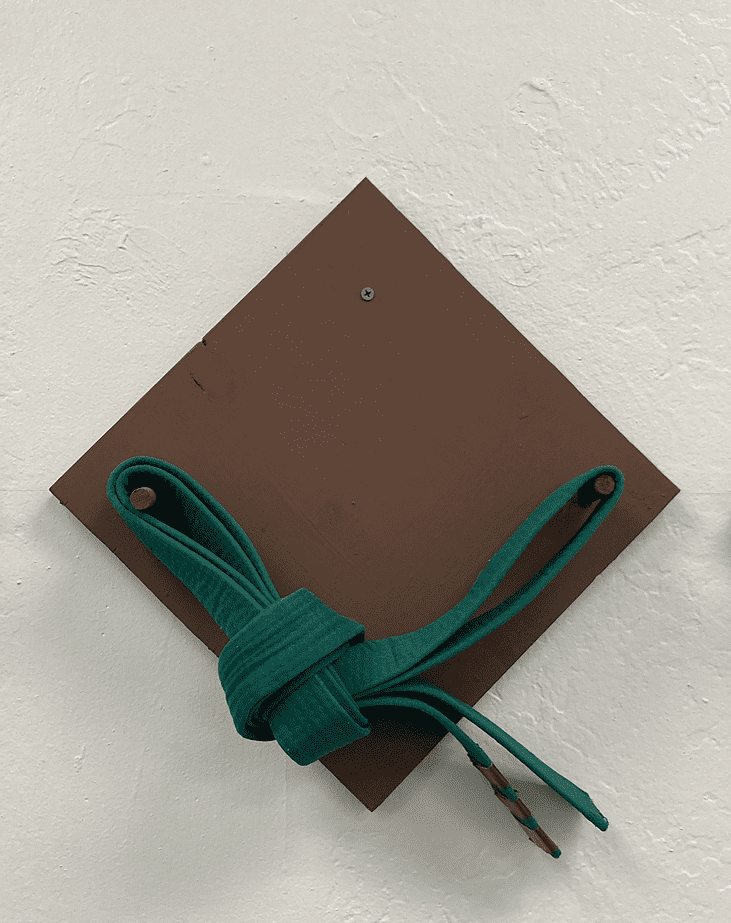
The Belts show the rank or level of a trainee along their way in Karate, worn during training sessions and any ceremonial or competitive event.
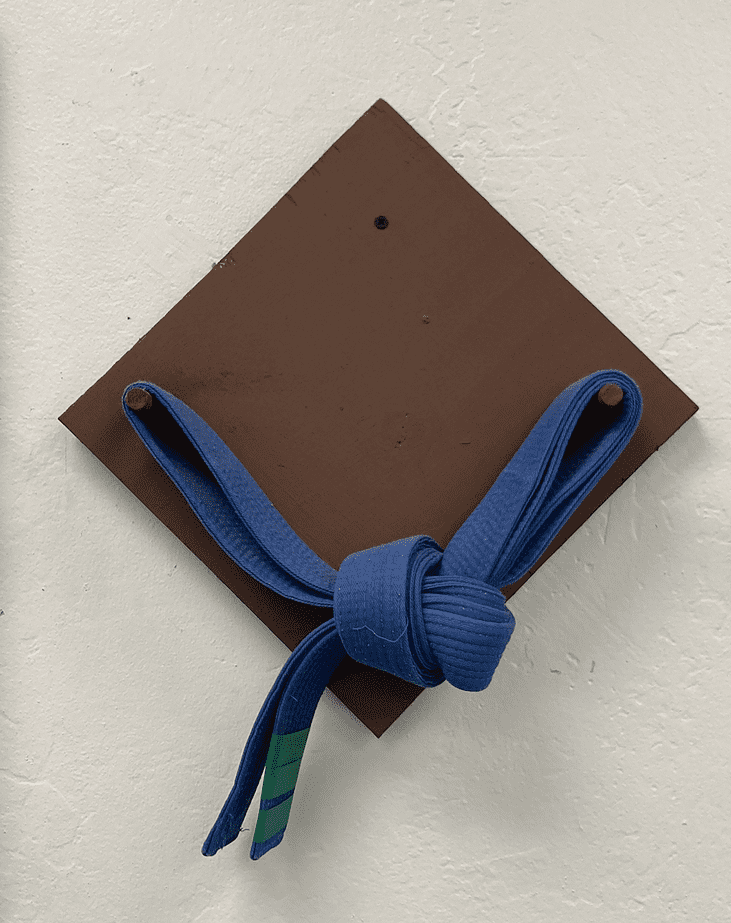
As martial artists tend to do, as soon as you start your training in any martial arts, you are awarded the rank of the White belt, which should be handed to you with your first gi.
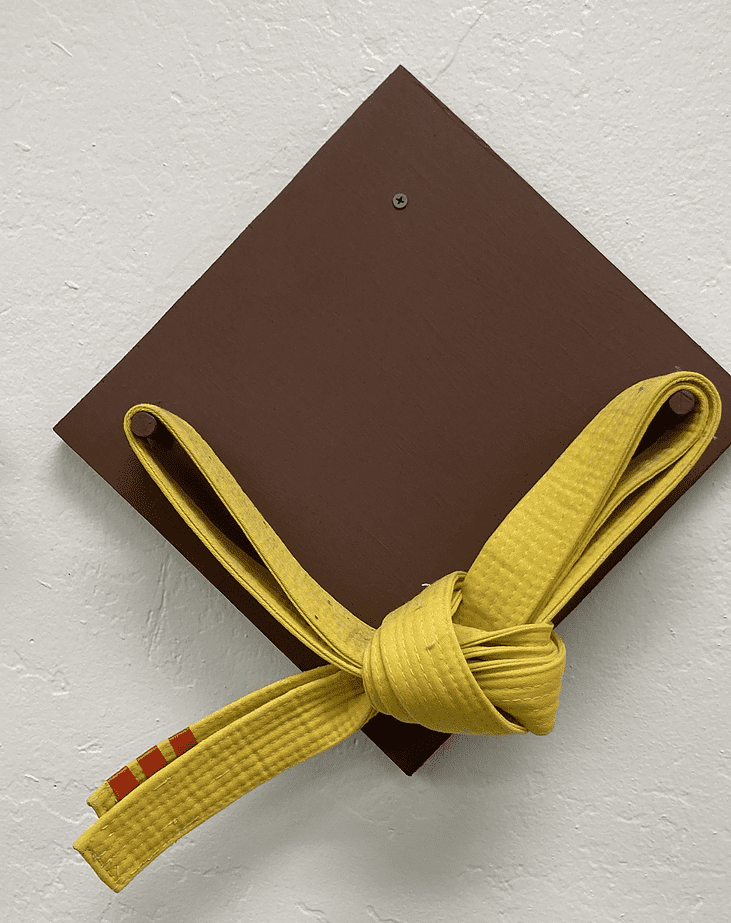
For more on belts in Karate, check out our article.
Karate Armour
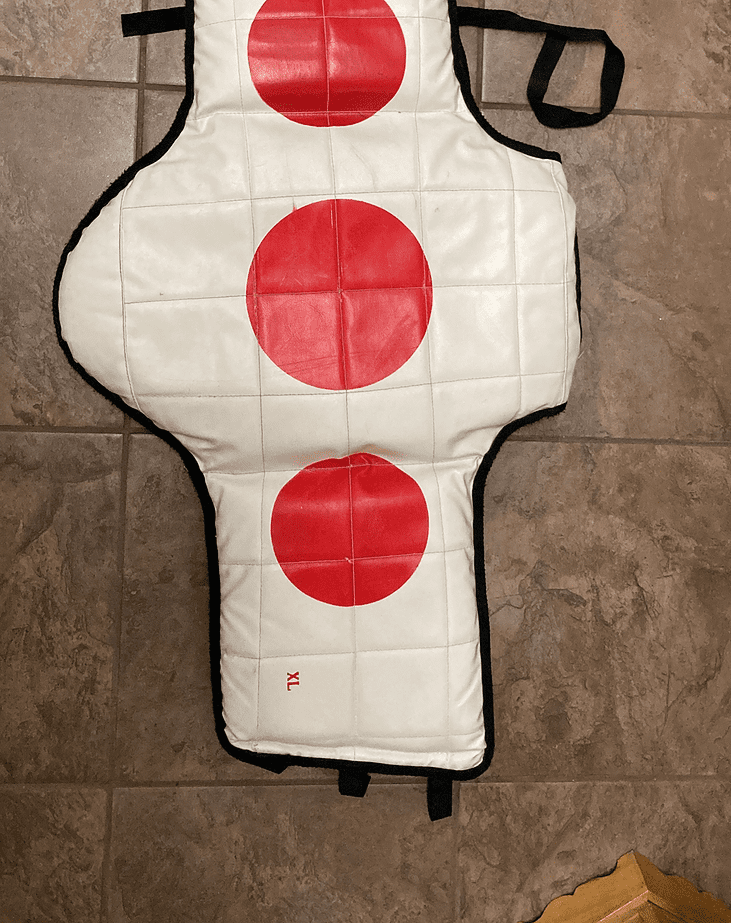
The Chest protector is an essential part of competitive Karate. They are made of unique, lightweight plastic material that simultaneously allows agility and speed without limiting their movement range while offering decent impact protection to the body thanks to the rib guards and front padding of the chest protectors.
Unlike Taekwondo, where WT and ITF have differing standards, chest armors are essential to all karate competitions. They do come in different sizes and shapes – the design varies more between other models than in, for example, Taekwondo, where the models are more or less alike – but also tend to use the same – white plus blue/red – color scheme as in some other martial arts (p.e. Taekwondo, boxing, etc.). Some are designed to be carried like bags, while some have hard plastic shoulder covering pads.
The chest armor is considered essential sparring gear in Karate. Whenever electronic point keeping is used, chest protectors have special sensors allowing point collection to make the judge’s work easier.
Karate Headgear
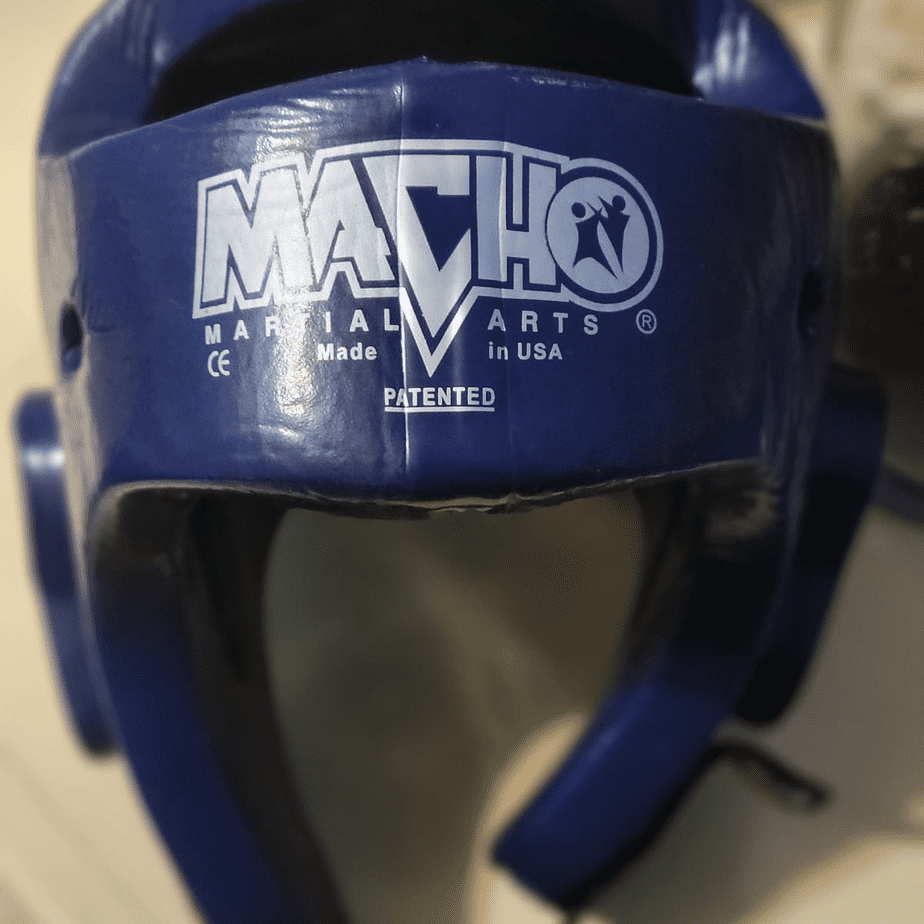
Special padded helmets are also part of a competitive equipment set and are one of two pieces of headgear. They are an obligatory part of one’s competitive equipment sets since Karate is a contact sport, and sparring can be potentially dangerous for the combatants.
Headgear is necessary to prevent injury when fighting in any martial art discipline, as some techniques include head kicking.
The helmets are usually red or blue and correspond to the armor’s color (see above).
Karate Gloves and Hand Gear
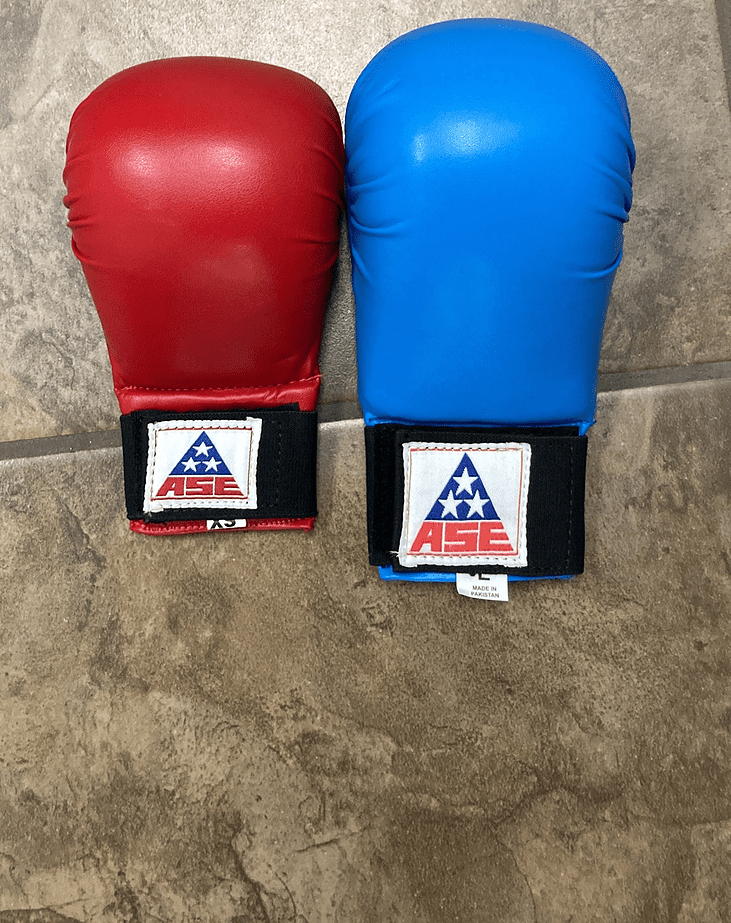
Karate has special hand gear, i.e., gloves, which are different from other martial arts and combat sports. They’re not the same as the padded equipment used in Taekwondo but are also quite different than regular boxing or MMA gloves.
Boxing gloves are usually more giant, while regular MMA gloves resemble the padded Taekwondo gear more than regular karate gloves. Karate gloves are more petite than boxing gloves but are similar in design, yet they are closer in size to MMA gloves.
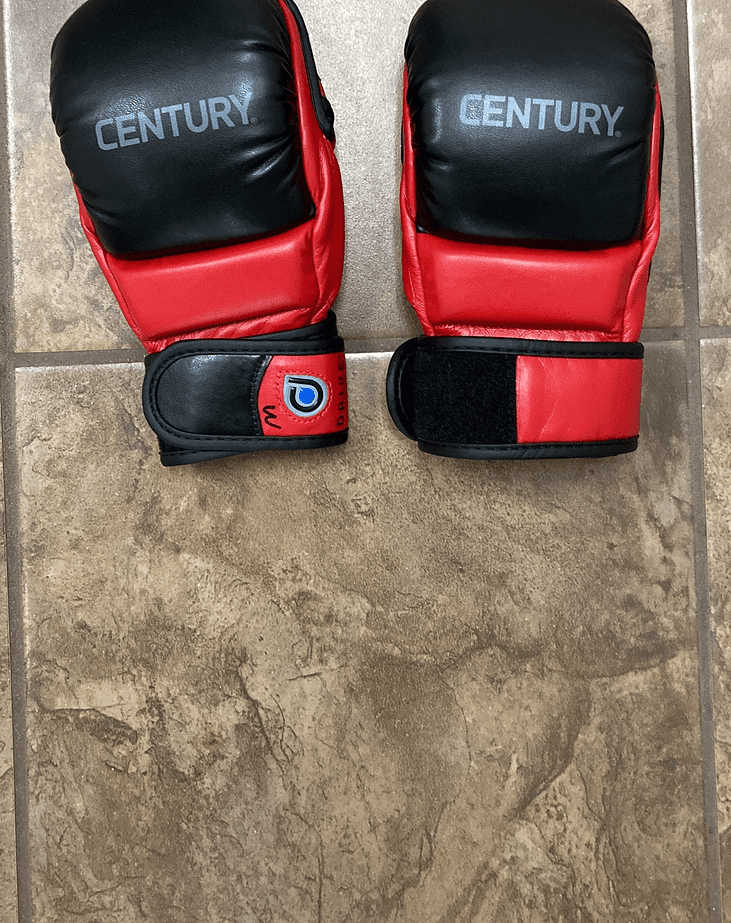
The karate gloves look more like hand guards, as they cover the wrist and knuckles mainly to prevent injury if a straight punch hits anywhere that headgear doesn’t protect when fighting.
They have quite the minimalist styles for martial arts sparring gear, but these hand guards get the job done, and small boxing gloves while keeping a lightweight material construction to not slow down sparring or training speed.
Karate Footwear
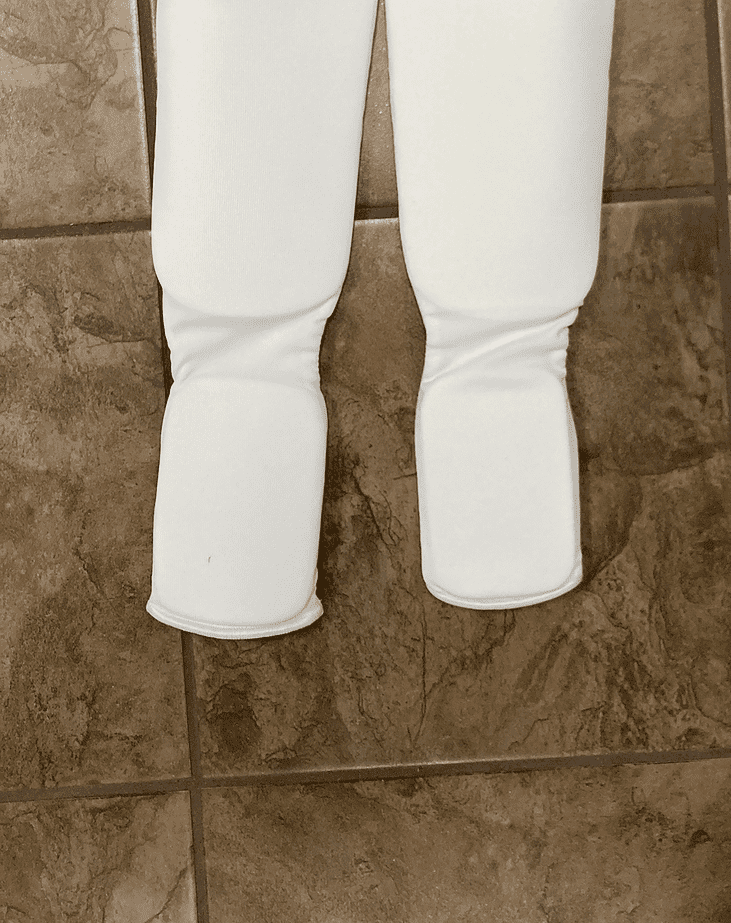
The question of footwear in Karate is relatively attractive. There are special sparring shoes for Karate (and other dojo-based martial arts), but when it comes to regular shoes, most schools either prohibit their use on the mats.
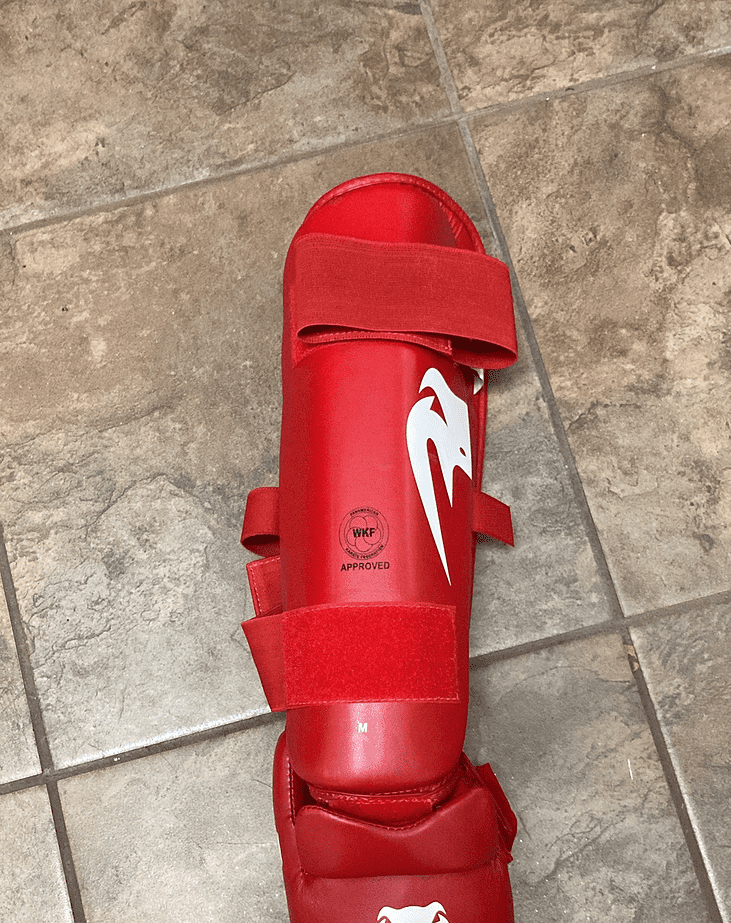
Regular footwear is prohibited in official competitions and ceremonial promotions because it would give the wearer an unfair advantage and go against the guidelines. They are also forbidden during breaking demonstrations.
Regarding training sessions, we go to the aforementioned special shoes, considered part of any traditional martial arts sparring gear set. Trainees, especially kids, are encouraged to use these as part of their sparring gear during training sessions to give their feet extra padding while decreasing impact force when kicking the body or landing a kick on the opponent’s headgear.
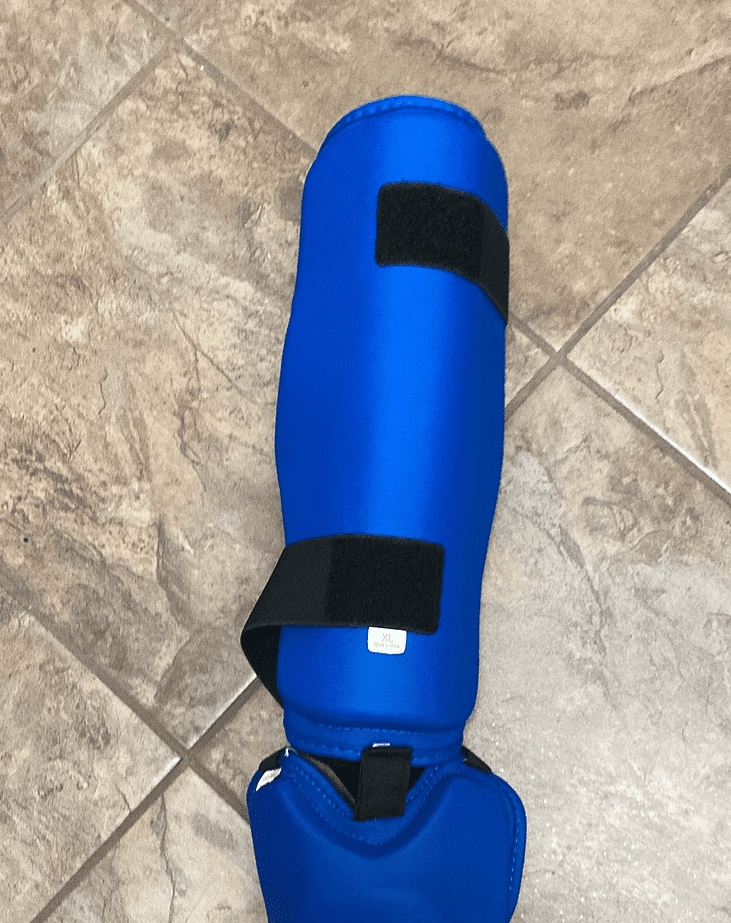
Unlike taekwondo gear, these shoes are a little bulky and cover the whole feet, which may not feel too comfortable for the user but offers better results in martial arts sparring.
Other Competitive Gear for Karate
While Karate does not have as much mandatory protective gear as Taekwondo does, there are still some additional martial arts gear pieces in the training bags of those who want extra protection during their sparring sessions.
Some of the “normal” martial arts gear you can find in those training bags include the basics: mouth guards to protect your mouth and teeth from kicks during sparring and regular training.
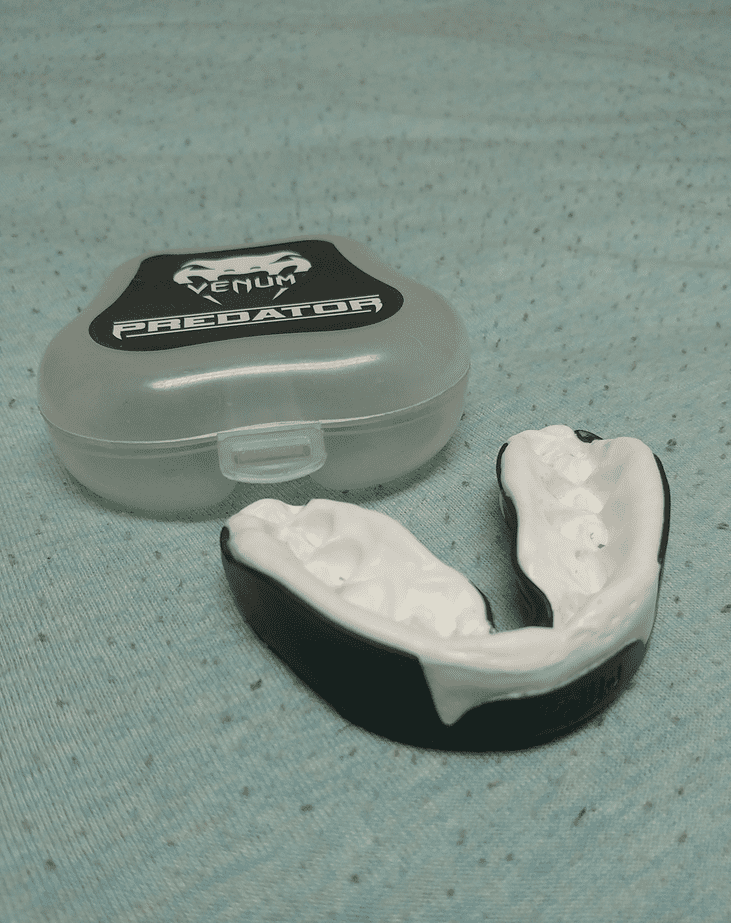
The other is groin protectors, which are seen as some of the most common martial arts equipment pieces for male practitioners (as Women do not require them), as there is always the chance of a low blow in combat sports, even when using the feet for kicks isn’t allowed.
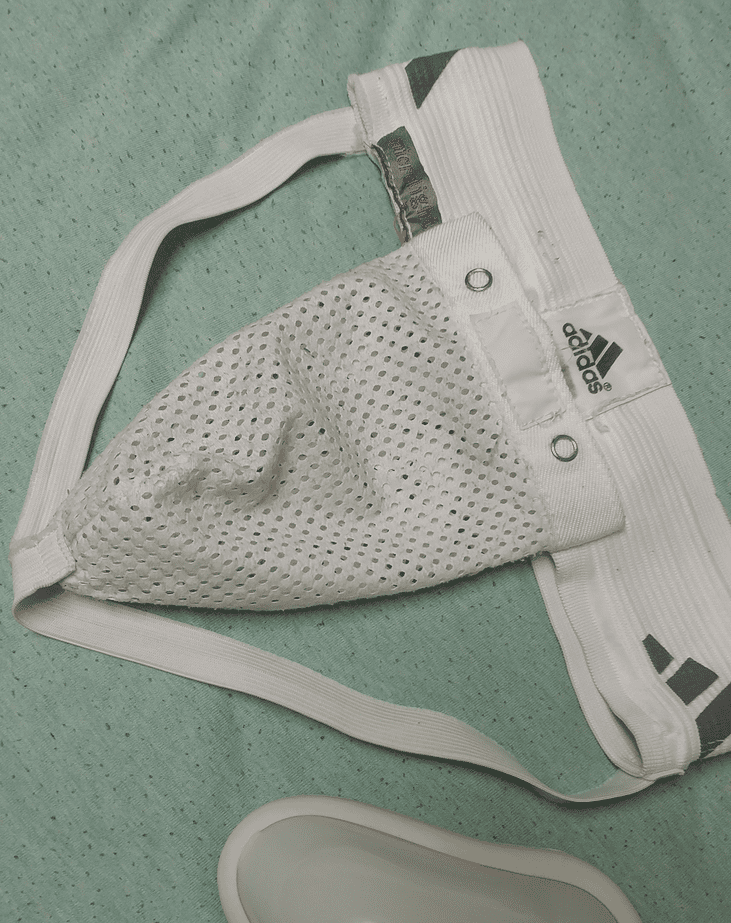
Another piece of gear that you may find, like in any other combat sports, are shin guards, which can either be a single piece or include protective footgear in a single item, and are usually worn under the Gi at the time of sparring.
Although not necessary, competitors are encouraged to wear particular protective gums for their teeth. This is especially important in sparring competitions, where head contact is allowed and gives higher points.
Conclusion
Finally, we can conclude that amateur karate students only need a uniform and a belt as they are part of a tradition and have been there since Karate reached Japan in the 20th century.
As for competitive professionals, they always have to go hunt for martial arts supplies as some extra items will always be necessary for those who regularly compete.
And this covers our analysis of the equipment necessary for Karate. I hope you enjoyed our text, and see you next time!
Frequently Asked Questions About Karate Equipment
What are Karate gears?
To keep things short, Gear in Karate is put in two groups. Uniform (which include your Gi and belt) and protective gear, which you’ll likely only need for sparring.
What equipment is needed for Karate?
As mentioned previously, you will always require to wear your karate uniform to class, unless (non-traditionally) your school allows for regular sports clothing on hot summer days.
It is always recommended to have your sparring gear in your bag if your training session includes sparring.
Does Karate use sparring gear?
Yes, in competitive environments, you’ll see some mandatory items like headgear and chest armor, with the option to put on extra gear in case of sparring in regular training sessions.
Are there weapons in Karate?
Karate is translated as the “way of the empty hand”, but it originally developed in Okinawa in tandem with “Okinawan Kobudo” which is a weapons system that uses plenty of tools in kata and combat.
Originally, Karate and Kobudo were trained to prepare the person for confrontation. Still, in the modern age, there are chances that your Karate Dojo either does or doesn’t offer Kobudo class.
What protective gear is used in Karate?
Mandatory protective gear includes headgear, gloves, and chest armor, but you can also use mouth and shin guards, along with a groin protector to keep things safe.
What are the sticks called in Karate?
The Sticks are called “Bo”, and the Bo staff is part of the Kobudo weapon system that is often associated with Karate. You may see it a lot on Karate dojos if they offer Kobudo classes, as it is a beginner-friendly weapon.
How do you wash karate gear?
When it comes to your uniform, you want to wash it right after training using cold water and avoidin the dryer.
When it comes to the sparring gear, you can use antibacterial wipes or scrub it by hand with a sponge; some items may be washing machine safe, but you might want to check the details before trying it.
